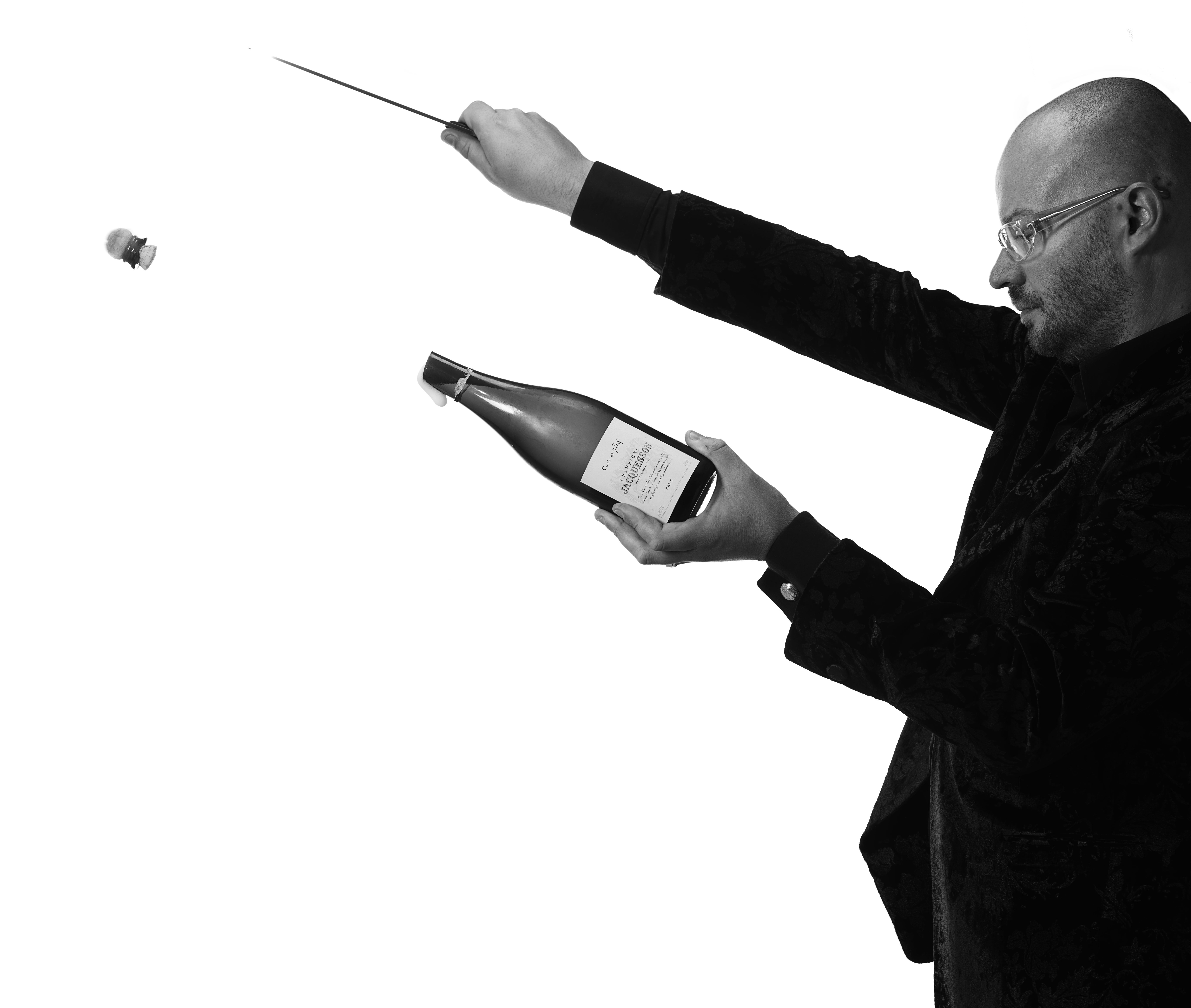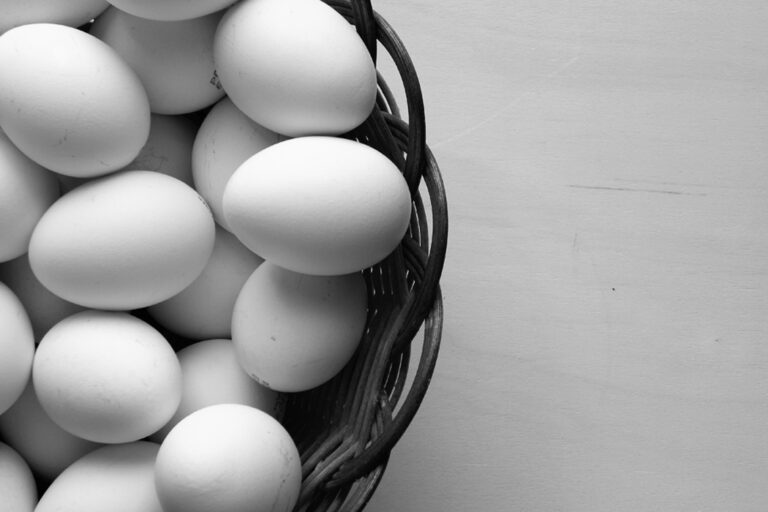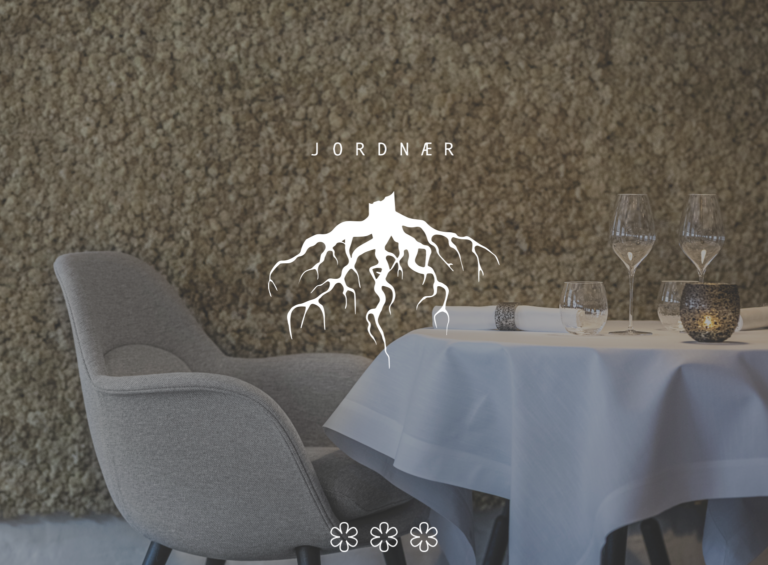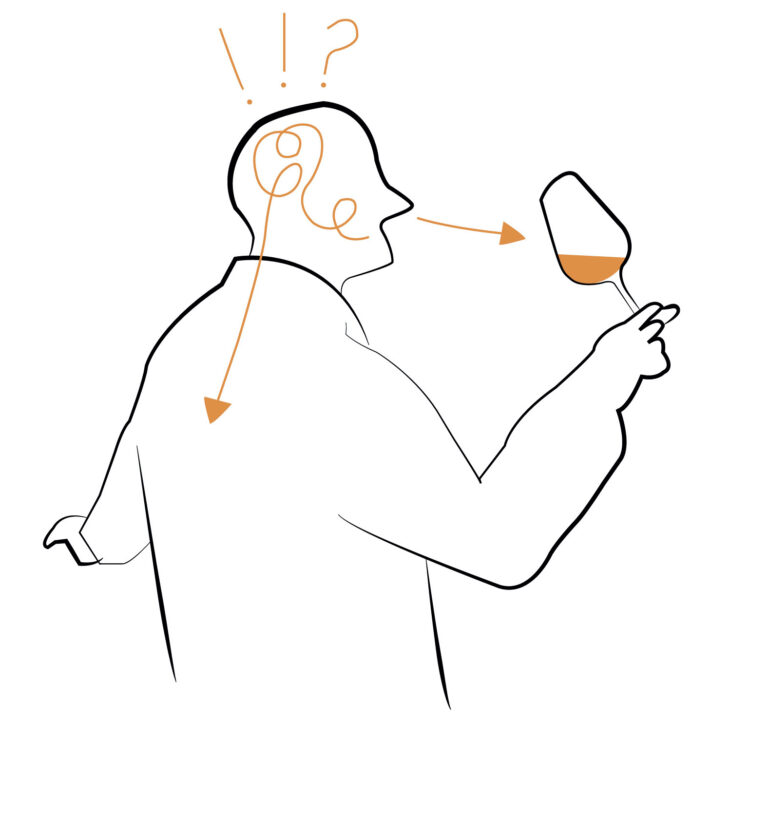Champagne’s heyday is without a doubt the end of the year. Sales are booming. All wine lovers focuses on the bubble. Corporate parties, family reunions, go-away gifts, Christmas presents, Christmas parties, New Year celebrations…
The New Year’s tradition is considered to have been created in Versailles, where the royal family had wet week-long Christmas parties in the middle of the 18th century with champagne at the helm. The very sound of the crackling champagne cork has certainly also helped to consolidate the drink’s role as a party symbol. Shooting salutes or firing fireworks has been such orgasm-like symbolic acts even longer. In addition, New Year’s Eve is the only holiday where you celebrate a specific time, which requires a festive toast. The very nature of the drink with the lively upward-moving bubbles, its beautiful foam and its fast intoxicating effect has certainly also contributed to making the New Year’s bubble a must.
At the last hours of this year, I thought I would give you some tools to understand how to make each bottle of champagne a completely optimal experience. You and your champagne is worth it, right?!


TEMPERATURE
why you should chill the champagne?
I have discovered a frightening trend regarding champagne serving at top restaurants, both in Sweden and abroad. It is not uncommon for champagne to be served at 13-16 or 5-6 degrees Celsius (poor tooth necks!) Instead of 8-9 degrees. This has happened to me recently at two internationally reputable restaurants that should know better.
To serve the champagne correctly, you must chill the bottle well before popping the cork to ensure that the maximum volume of carbon dioxide (CO2 or bubbles) is preserved in the drink. Opening a bottle at about 13-16 degrees (cellar choice) results in the carbon dioxide disappearing furiously fast and the champagne becoming flat. It is still the case that the bubbles are the essential in champagne, right ?! To lose most of the bubbles by opening a bottle that is not well chilled is to deny the champagne its innermost and inherent qualities. Once the bottle is opened, it is too late to cool the bottle because too little carbon dioxide is left in the champagne. Do you remember how many bubbles are tied in a bottle of champagne? Not? At the end of the article comes a scientific calculation with this vital information…
Subscribe for 5.9€ a month for full access to the Tasting Library, exclusive articles, videos events and more





